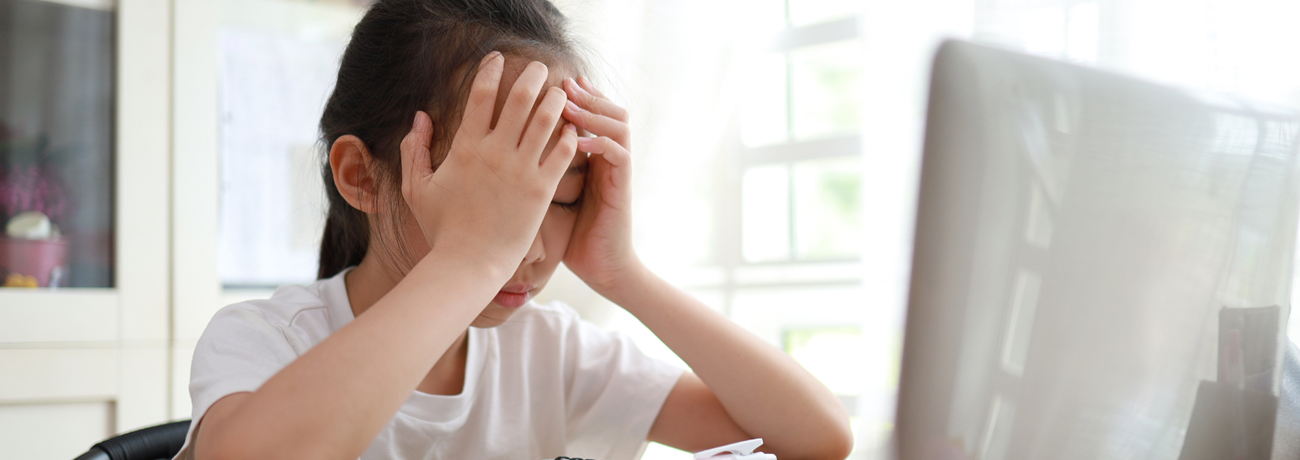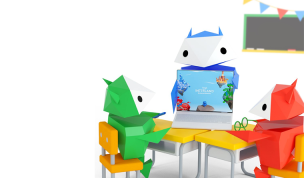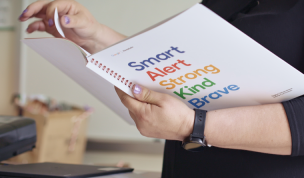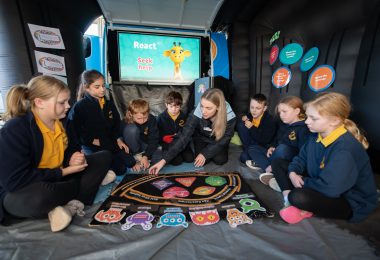Helping Manage Anxiety

Anxiety is a word that most adults can relate to, whether it is workplace stress, worrying about how our kids are doing in school, or what you should cook for dinner tonight, we are all prone to feeling anxious at different times.
But did you know, it’s not just adults who worry, anxiety is on the rise and our children are feeling it too.
‘Undoubtedly Australian children are more prone to anxiety,’ says Dr John Irvine, renowned child psychologist and author of ‘Helping Young Worries Beat the Worry Bug’; ‘the statistics indicate that at least one in four children will have issues with anxiety in their growing years.’
But why are our kids feeling anxious and how can we help them?
As parents, we often forget that what we pass on to our kids is not just an anxious gene or two, but our own anxieties in everyday life. These can be minor things such as always being in a rush, double locking the front door, or ensuring that your house is spotless. But, up to 90% of what we communicate to our kids is non-verbal.
Dr John recommends that sometimes the best thing to do is to address our own anxieties and talk to our kids about them, whether they are big or small, to be able to help our kids manage theirs:
- Share with your child that you too, have a hard time beating the worry bug. Together set up some regular time to do your slow breathing, maybe make up some image of floating off together on a white carpet and looking at all the fun things down below or blow bubbles to slow the breathing and get their mind off the fixation.
- Share what you have done to beat the worry bug that day, and don’t hesitate to ask your child for ideas to help you – that makes kids feel very empowered!
- Then get your child to share what things they’ve done to get stronger mind muscle – such as not listening to the worry bug that tells them they must be near mum or something bad might happen, or being able to play games (other than computer games) until the oven timer goes to show how mentally strong they’re getting etc.
- Maybe offer some indirect environmental help to decrease anxiety – such as slowing the family pace, or playing relaxation music or just, side by side, coloring in (that simple activity seems to slow the over alert brain waves and reduce blood pressure.’
Unfortunately, the world is becoming more anxious for many, many reasons. It’s up to us as parents to offer our kids a safe haven from all the woes and worries of the world and to show them what to do when that “worry bug” strikes. If we can make it a fun exercise then that’s great news for our kids, our family and our stress levels!
Dr John’s book ‘Helping Young Worriers Beat the Worry Bug’ is an easy-to-read, practical and fun-filled guide of therapeutic ideas and activities aimed at parents and educators to help children develop strategies to effectively manage their emotions.
If parental anxiety is chronic and interfering with happy families, then ask your GP for a Better Access to Mental Health (BAMH) plan so you can get a referral to a clinical psychologist who specialises in adult anxiety.









